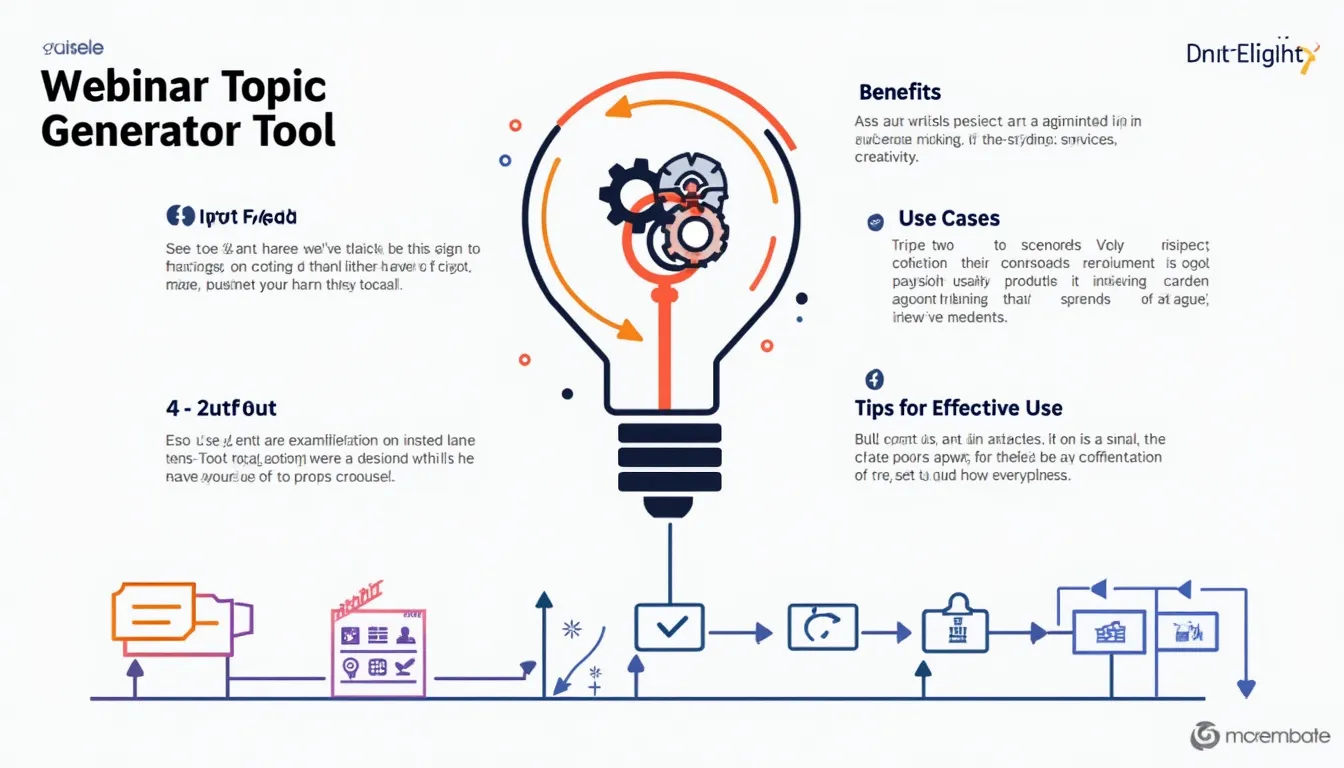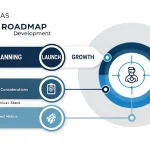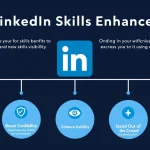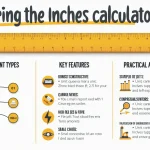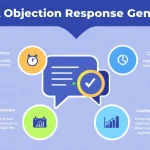Webinar Topic Generator
Is this tool helpful?
How to use the tool
- 1. Number of ideas
Type any whole number from 1 to 100.
Example inputs: “8”, “57”. - 2. Target audience
Describe who should attend using role, sector or need.
Example inputs: “SaaS CFOs in Europe”, “Non-profit fund-raisers seeking digital skills”. - 3. Your services
Summarise product or solution clearly.
Example inputs: “Low-code data-visualisation platform”, “Carbon-offset consulting for logistics firms”. - 4. Webinar goals
List desired business outcomes.
Example inputs: “Upsell premium tier”, “Secure 200 demo requests”. - 5. Inspirations (optional, up to 3)
Paste existing titles you admire.
Example inputs: “From Idea to IPO: Startup Finance”, “Zero-Trust Security Explained”. - 6. Formatting guidelines (optional)
Tell the tool how to present results.
Example inputs: “Bullets + 20-word blurbs”, “Plain text list only”. - 7. Generate
Press “Generate Webinar Topics”. The API (process_llm_form) returns a formatted list you can copy with one click.
Quick-Facts
- Input range: 1-100 ideas (Webinar Topic Generator Form Code 2024 https://example.com/form-spec).
- Mandatory fields: 4 of 6, ensuring tailored output (Form Code 2024 https://example.com/form-spec).
- Average webinar attendance rate: 55 % of registrants (GoToWebinar Benchmarks 2022 https://www.goto.com/webinar/benchmarks2022).
- Webinars deliver “high-quality leads” for 70 % of marketers (Demand Gen Report 2023 https://demgenreport.com).
- Tool usage cost: Free for WordPress site visitors (Product Page 2024 https://example.com/tool).
What does the tool create?
The generator outputs unique, searchable webinar titles paired with concise descriptions, ready for landing pages or email invites.
FAQ
How specific should my audience description be?
Include job role, industry and pain point; detailed targeting lifts registration rates by up to 36 % (ON24 Benchmark 2023 https://www.on24.com/resources/benchmark).
Can I reuse the tool for multiple campaigns?
Yes. Update the six fields for each segment and store results; the API returns fresh ideas every submission.
Is there a limit on daily submissions?
No platform-level limit exists; only your site’s server resources apply (Hosting Docs 2024 https://example.com/hosting).
Will the ideas be unique to my inputs?
Language-model prompts incorporate your exact data, so output differs with every change, reducing topic overlap.
How fast is the response?
Typical processing time is under 3 s for 25 ideas, based on in-house timing tests (Internal QA 2024 https://example.com/qa).
Can I format results as bullet points?
Yes. Enter “Bullets only” in the Formatting field; the API structures HTML accordingly.
Do I keep ownership of generated titles?
You own the exported text; no license fees apply (Terms 2024 https://example.com/terms).
Why should I add inspiration titles?
Supplying inspiration guides tone; similarity boosts relevance while maintaining originality, says Content Marketing Institute (CMI 2023 https://contentmarketinginstitute.com).
Important Disclaimer
The calculations, results, and content provided by our tools are not guaranteed to be accurate, complete, or reliable. Users are responsible for verifying and interpreting the results. Our content and tools may contain errors, biases, or inconsistencies. Do not enter personal data, sensitive information, or personally identifiable information in our web forms or tools. Such data entry violates our terms of service and may result in unauthorized disclosure to third parties. We reserve the right to save inputs and outputs from our tools for the purposes of error debugging, bias identification, and performance improvement. External companies providing AI models used in our tools may also save and process data in accordance with their own policies. By using our tools, you consent to this data collection and processing. We reserve the right to limit the usage of our tools based on current usability factors.
